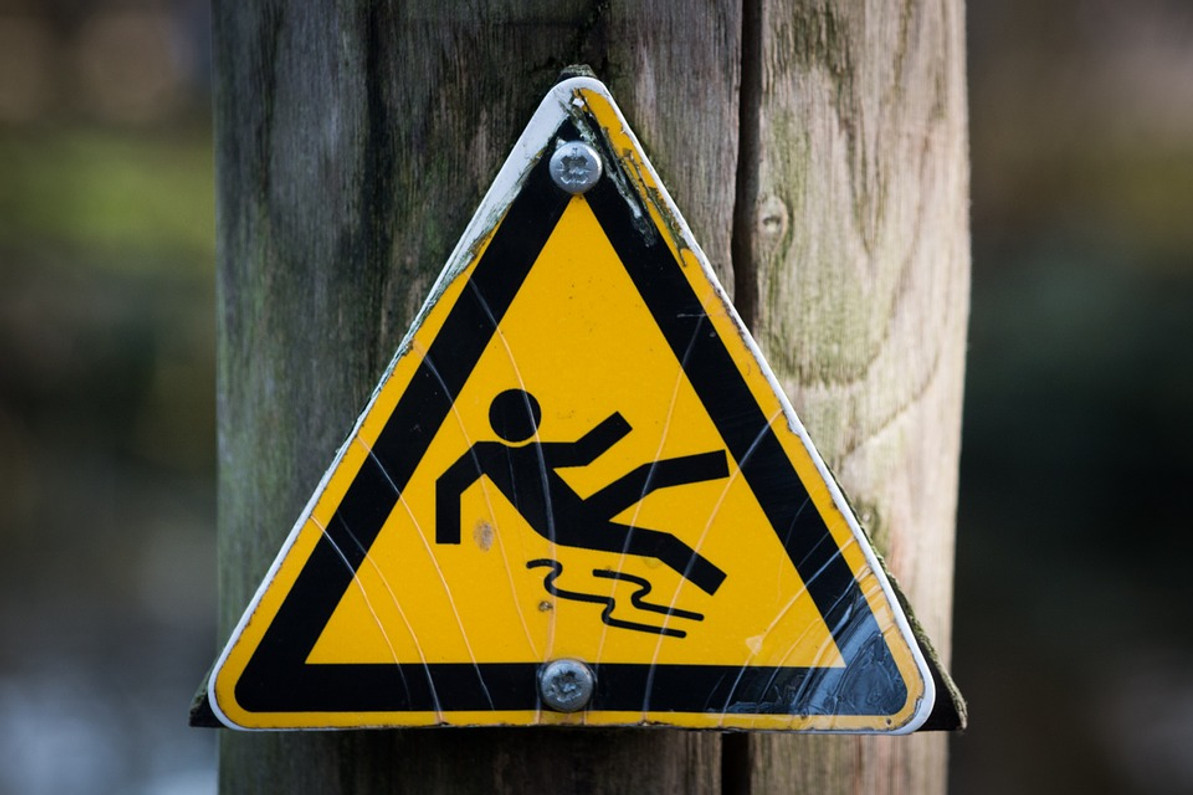The True Cost of Slip-and-Fall Accidents in the Workplace

As an employer, it's your responsibility to create a safe working environment. Failure to do so increases the risk of injury and illness while leaving your business susceptible to fines and other penalties handed down by the Occupational Safety and Health Administration (OSHA). While different businesses have different workplace hazards, a common hazard found in many workplaces is slip and falls. If a worker slips and falls, he or she may sustain injuries such as bruises, lacerations, broken bones or musculoskeletal disorder (MSD).
Unfortunately, many employers turn a blind eye to the threat of slip-and-fall accidents in their workplace. It's not an accidental occurs that they realize the importance of protecting workers against such injuries. This is one of the reasons why slip-and-fall accidents are among the most common type of work-related injury. Additionally, though, employers overlook the cost-savings benefits of protecting workers from slip-and-fall accidents. While implementing the necessary safeguards requires time, money and resources, it can pay off for employers by eliminating or reducing the cost of slip-and-fall accidents.
You might be surprised to learn just how much slip-and-fall accidents cost employers. According to Liberty Mutual's Workplace Safety Index, such accidents cost billions of dollars each year. The report found that falls from the same level -- when a worker falls and lands on the same level from which he or she fell -- cost $10.17 billion each year, while falls to a lower level -- when a worker falls and lands on a lower level from which he or she fell -- cost $5.4 billion each year.
When a worker falls and injures themselves, you'll incur costs such as wage compensation and medical bills. These are just the direct costs, however. There are also indirect costs -- and these can be even more costly. Any work-related injury may force the injured worker to take time off while he or she recovers. This means you'll have to find a replacement to cover the worker's shift, which requires time and resources. Furthermore, studies have shown that work-related injuries have a negative impact on the productivity and satisfaction of other workers. When this occurs, you may notice lower productivity levels in workers.
To put the problem of slip-and-fall accidents into perspective, OSHA says that 15% of all accidental work-related deaths attributed to them. So, what can you do to protect workers from slip-and-fall accidents? First, identify problematic areas where there's a high risk of slip and falls. Hard floors that are constantly wet or exposed to liquids, for example, are likely to result in slip-and-fall accidents. Once you've identified these areas, consider using rugs or other flooring solutions to increase traction.
You should also consider updating your business's policies to require workers to wear non-slip shoes. Many restaurants require them for this very reason. Non-slip shoes provide workers with greater traction, thereby lowering the risk of slip-and-fall accidents.
Recent Posts
-
Fire Safety in the Workplace: What You Need to Know
What steps are you taking to prevent fires in your workplace? According to the U.S. Occupational Saf …Aug 23rd 2023 -
Is It Safe to Go Jogging With a Cold Infection?
If you're suffering from a cold infection, you might be wondering whether it's safe to go jogging. T …Aug 22nd 2023 -
5 Safety Tips to Follow When Using a Powder-Actuated Tool
Powder-actuated tools are commonly used to join materials to steel and concrete. Also known as Hilti …Aug 20th 2023




